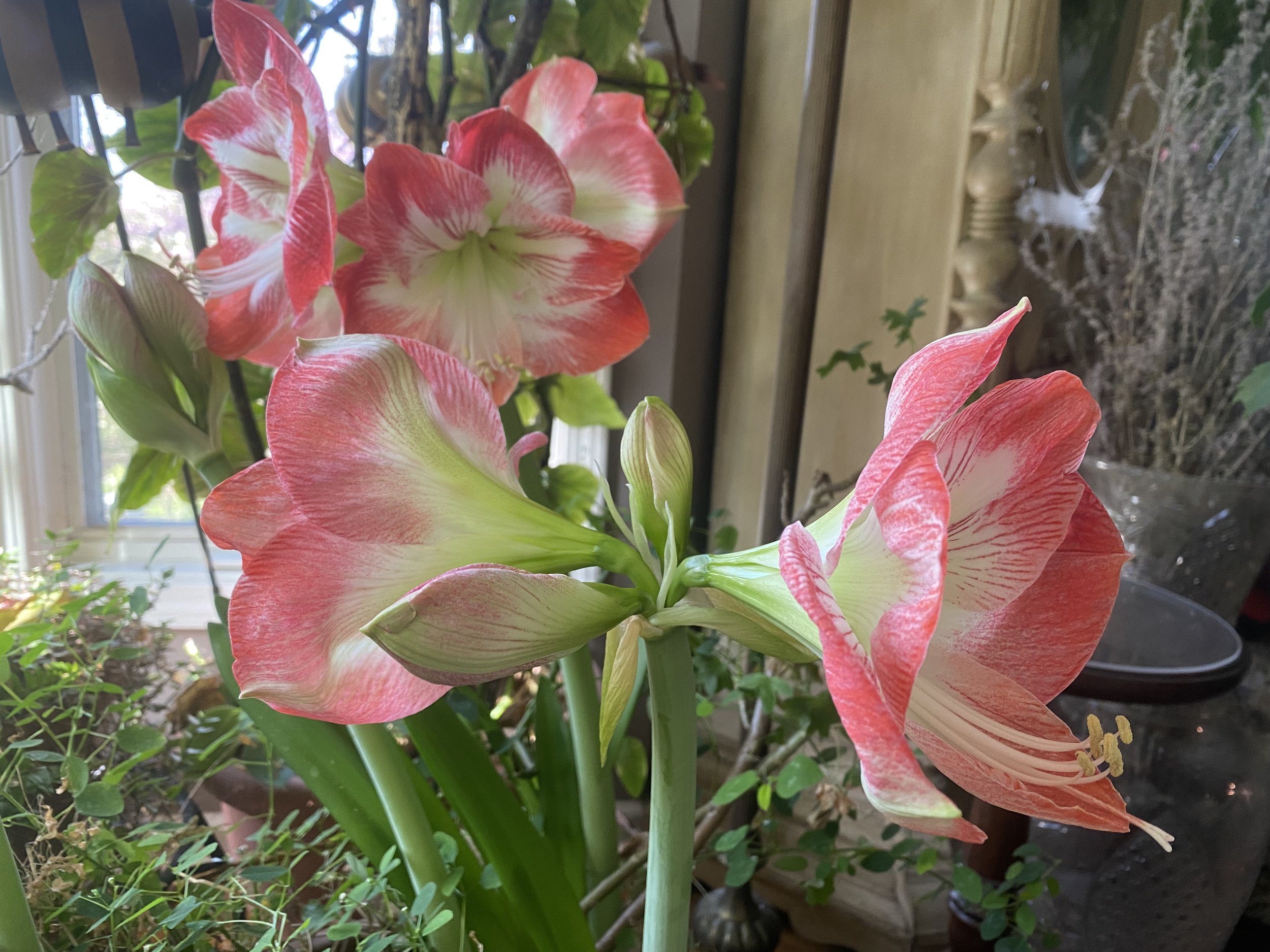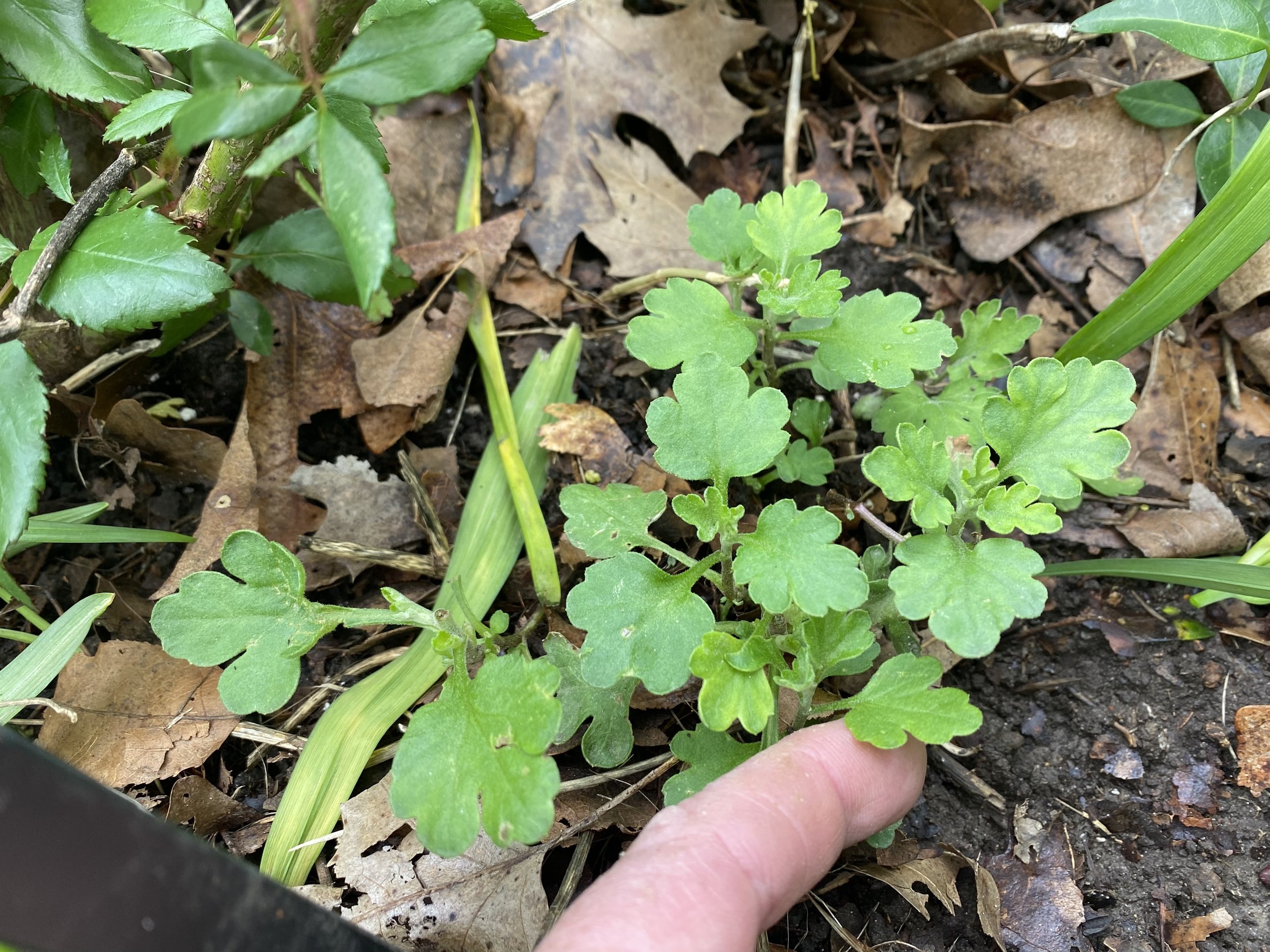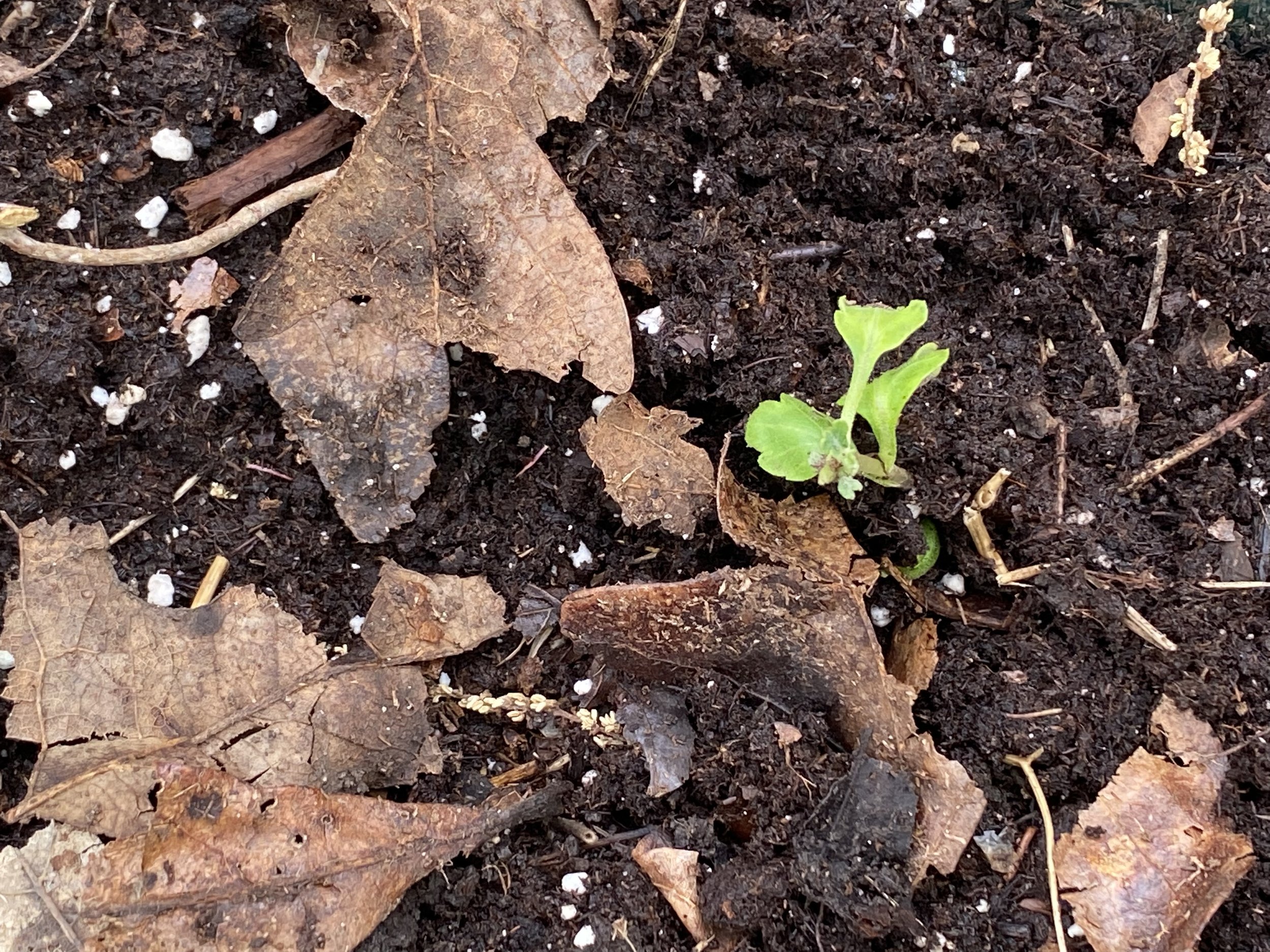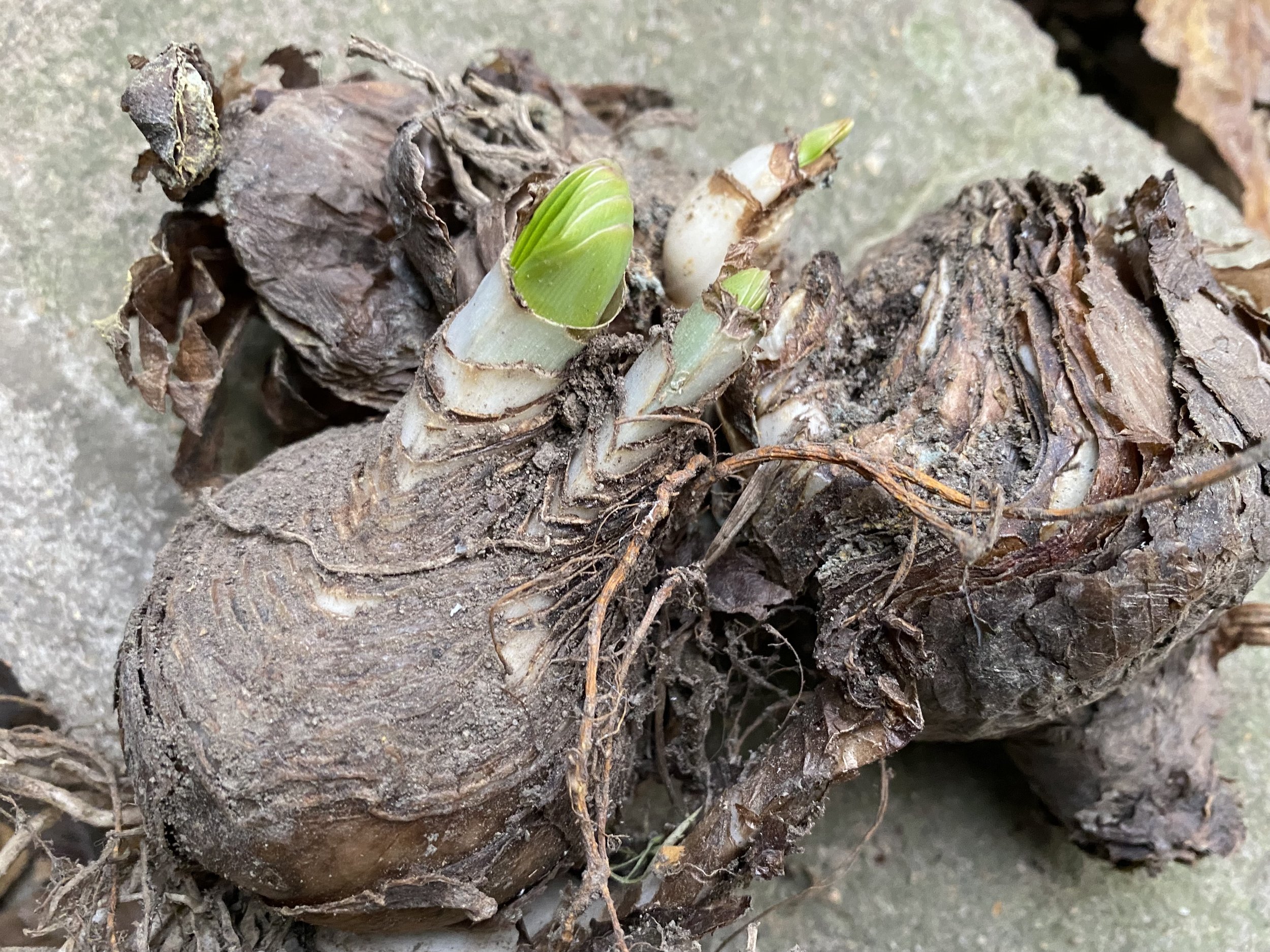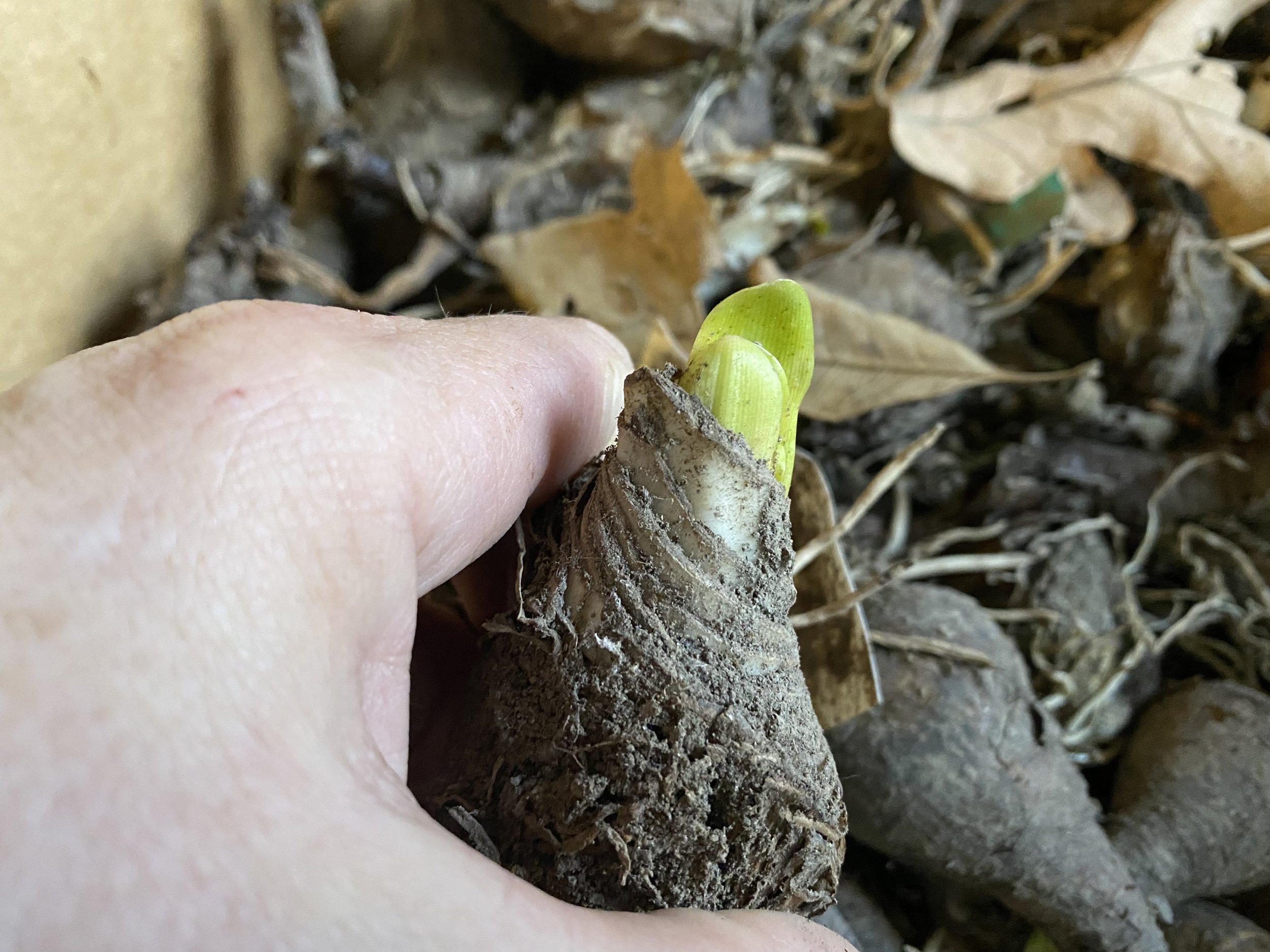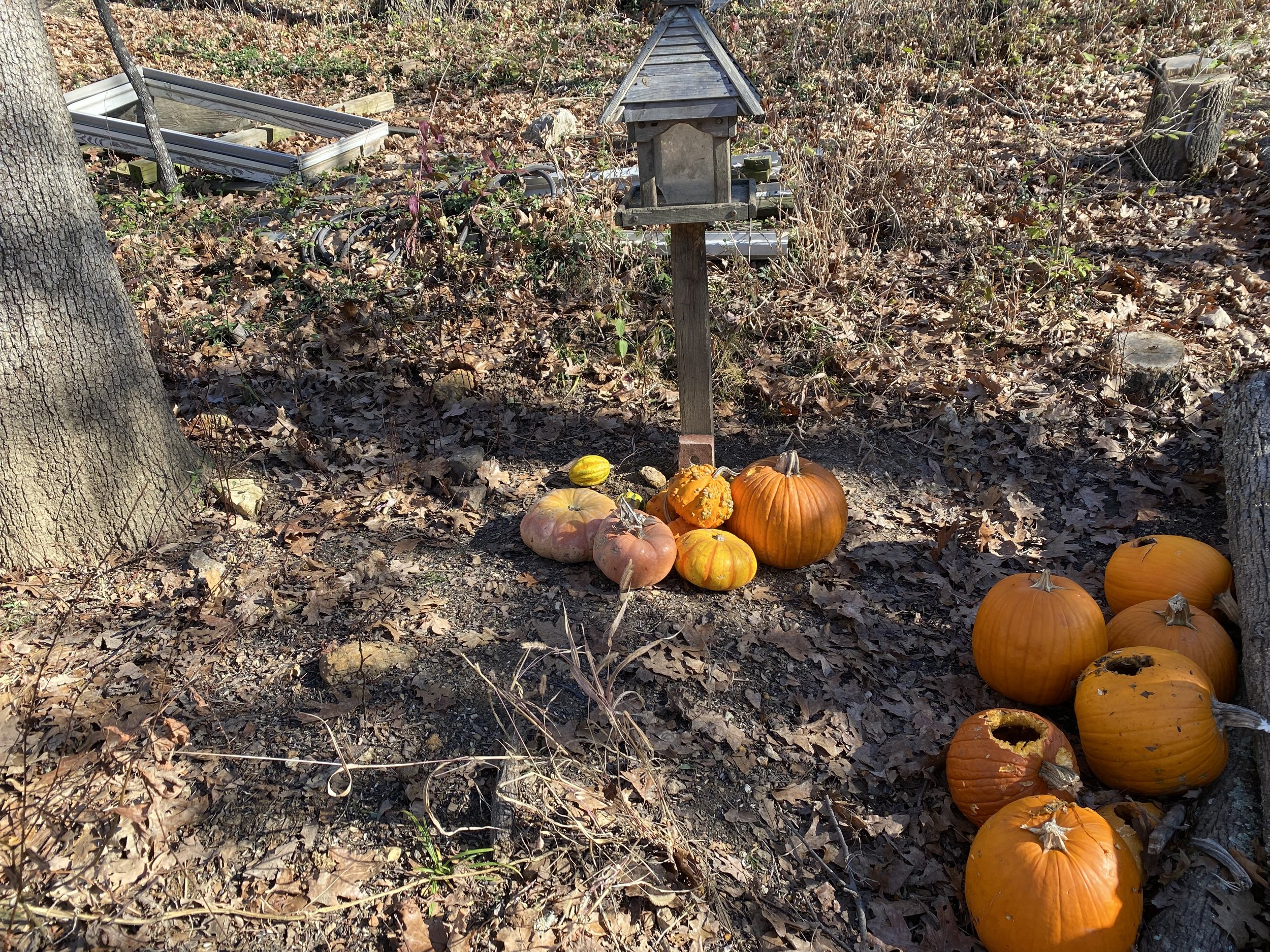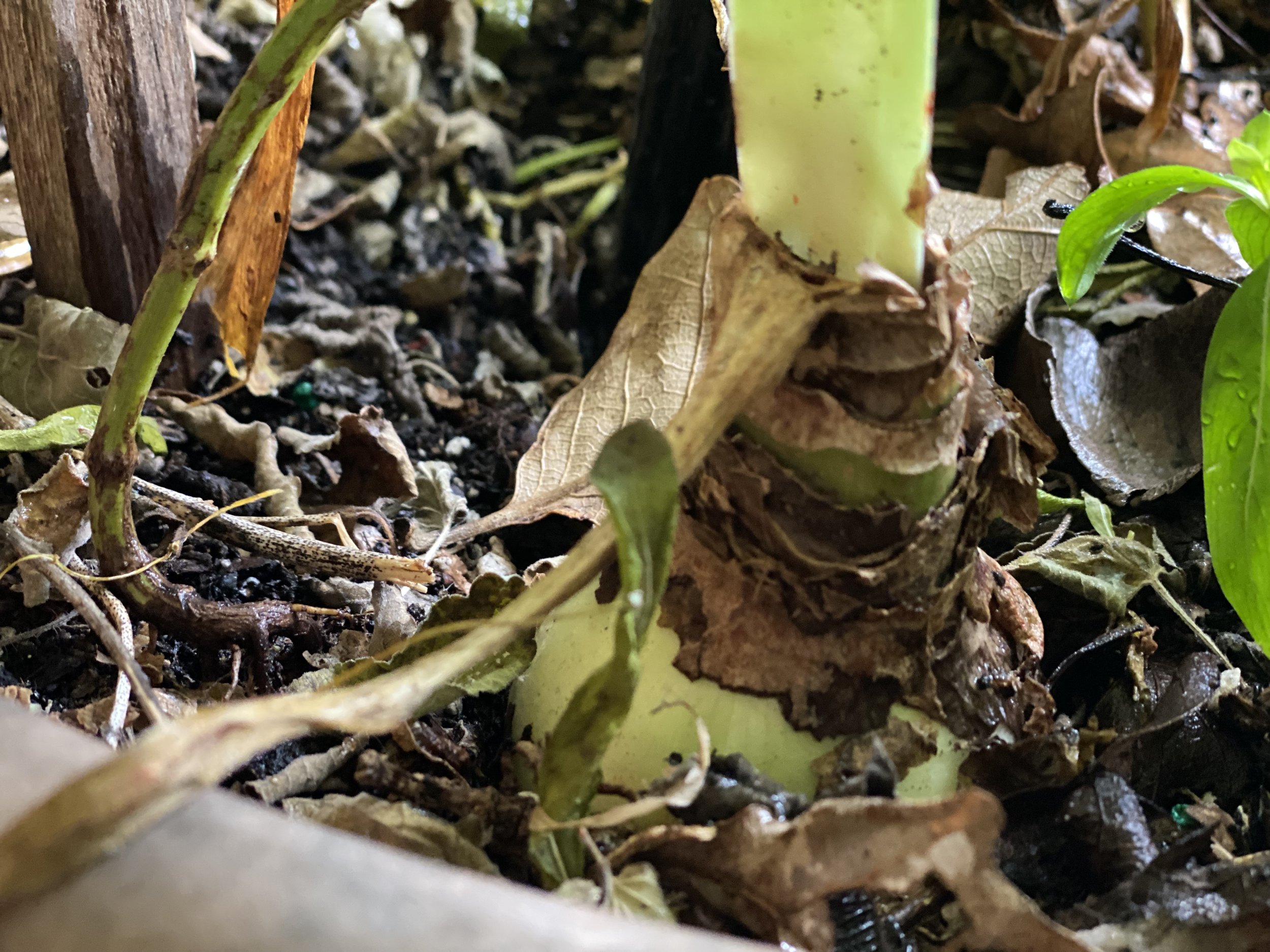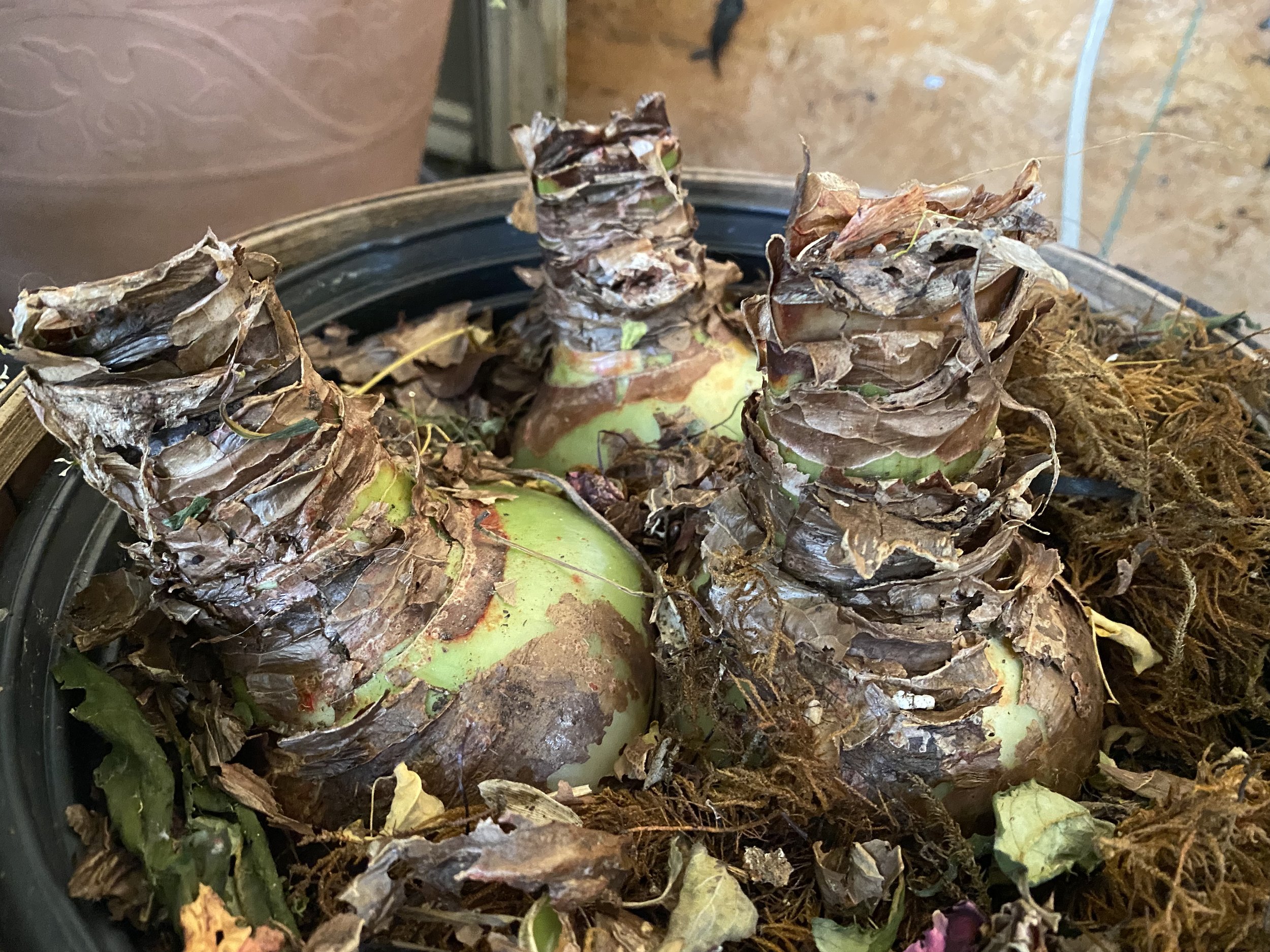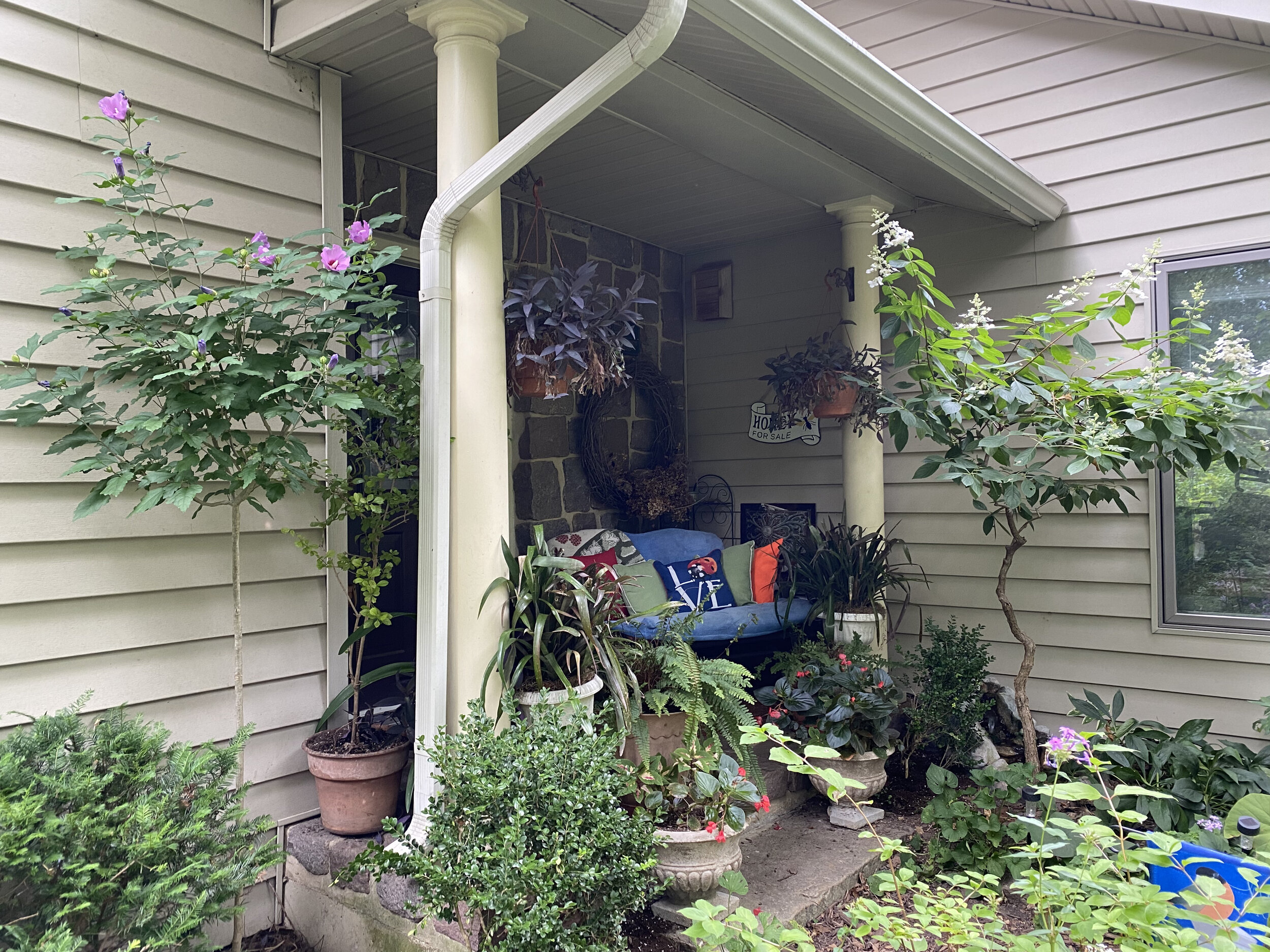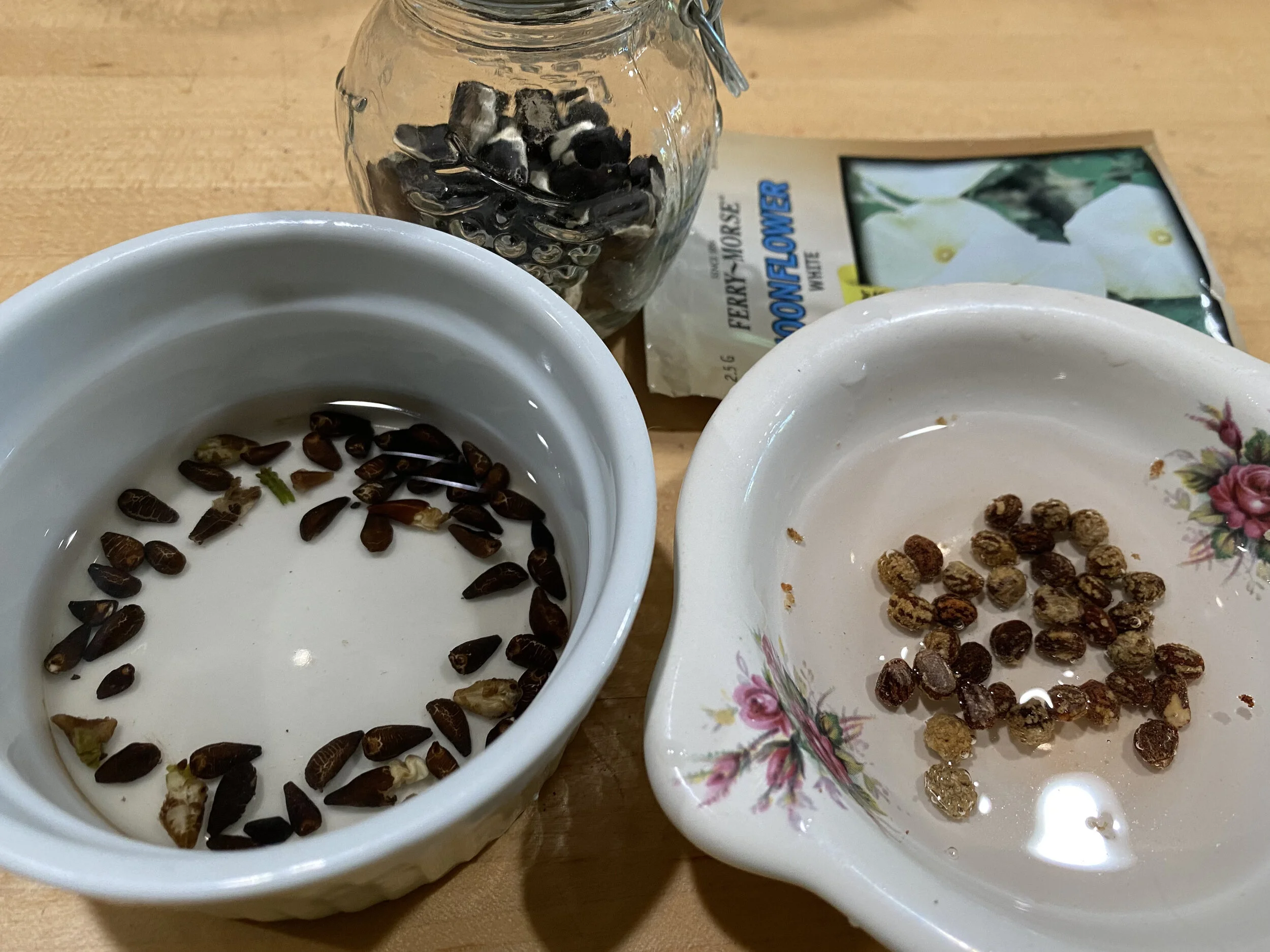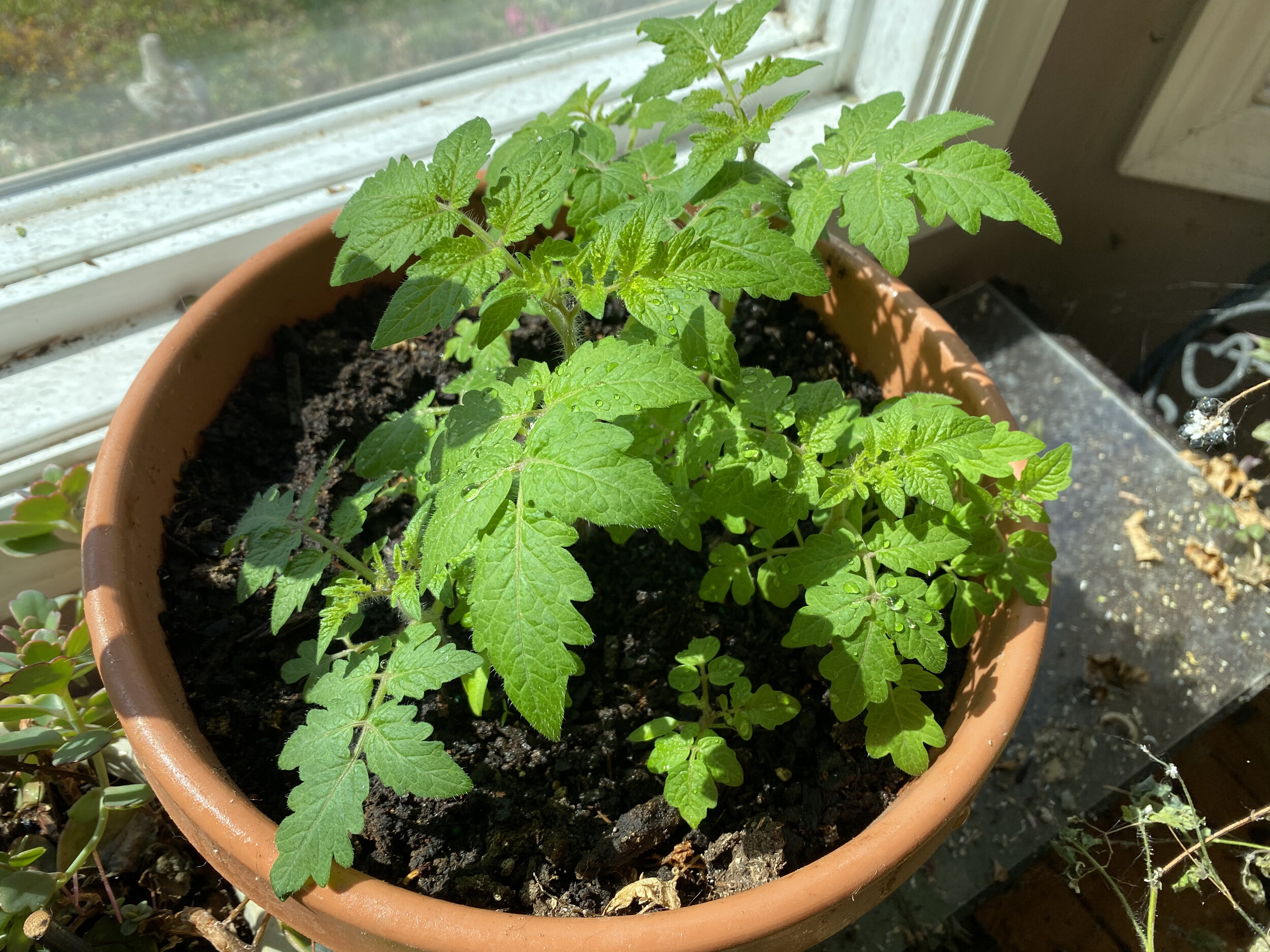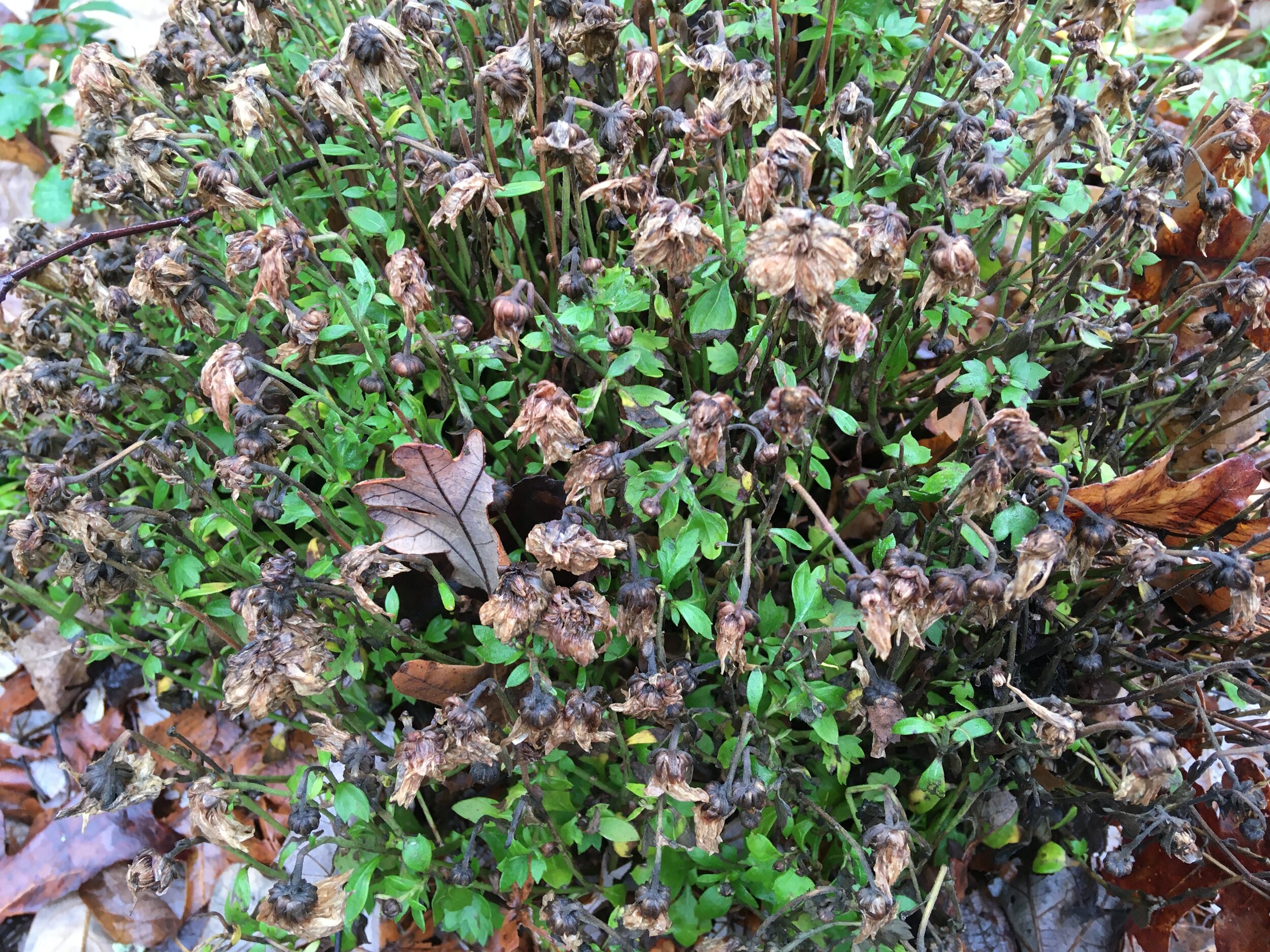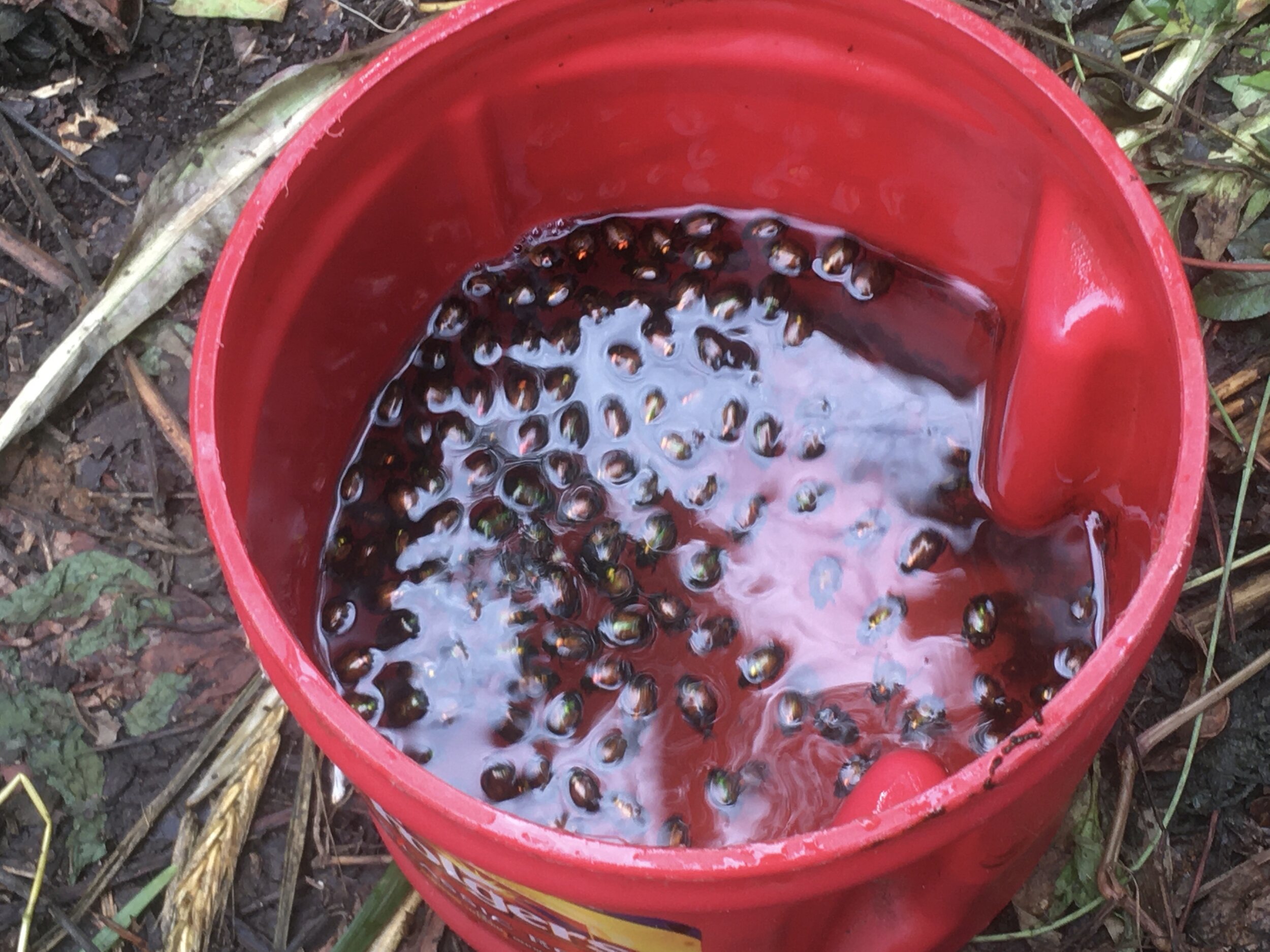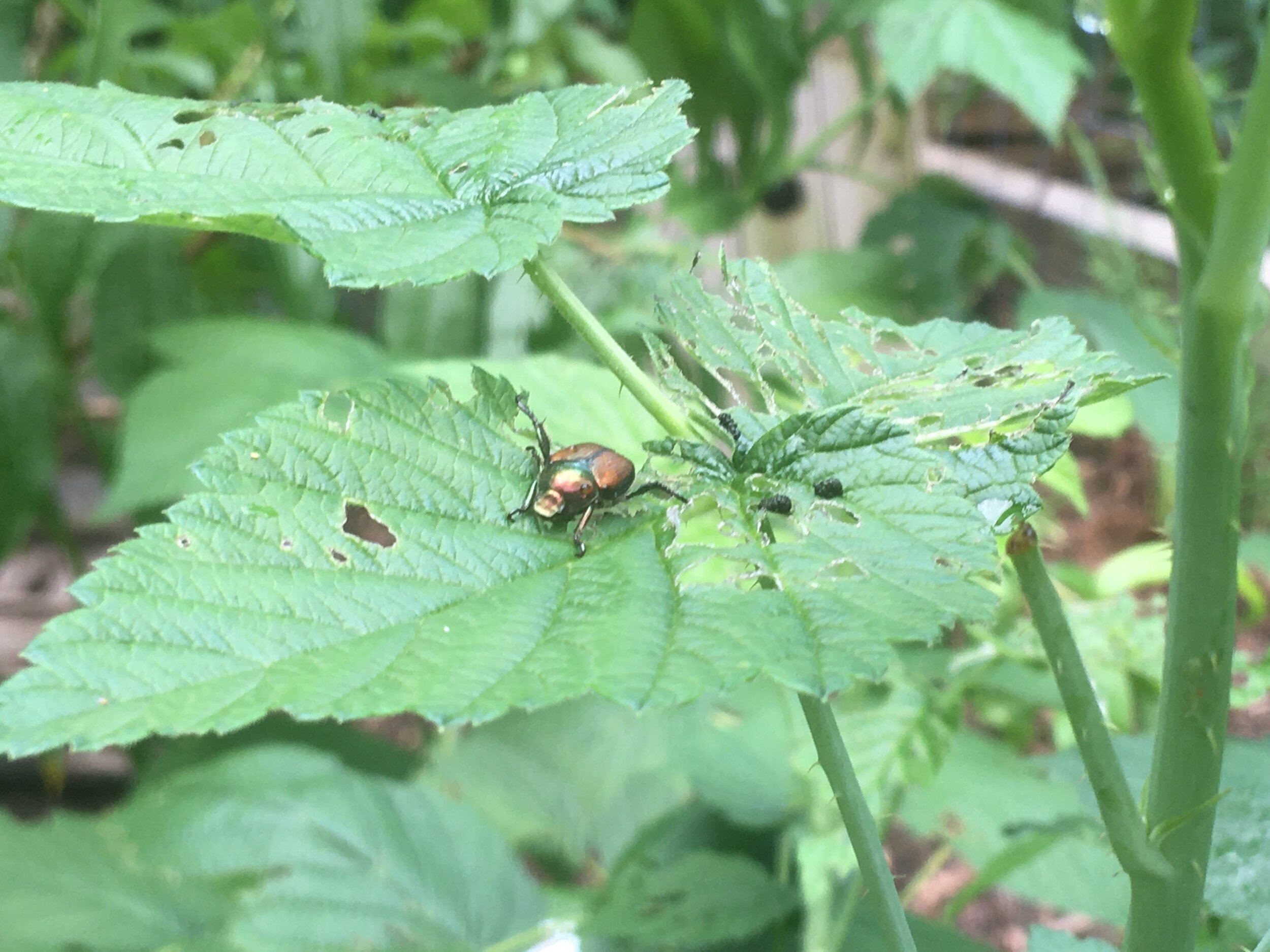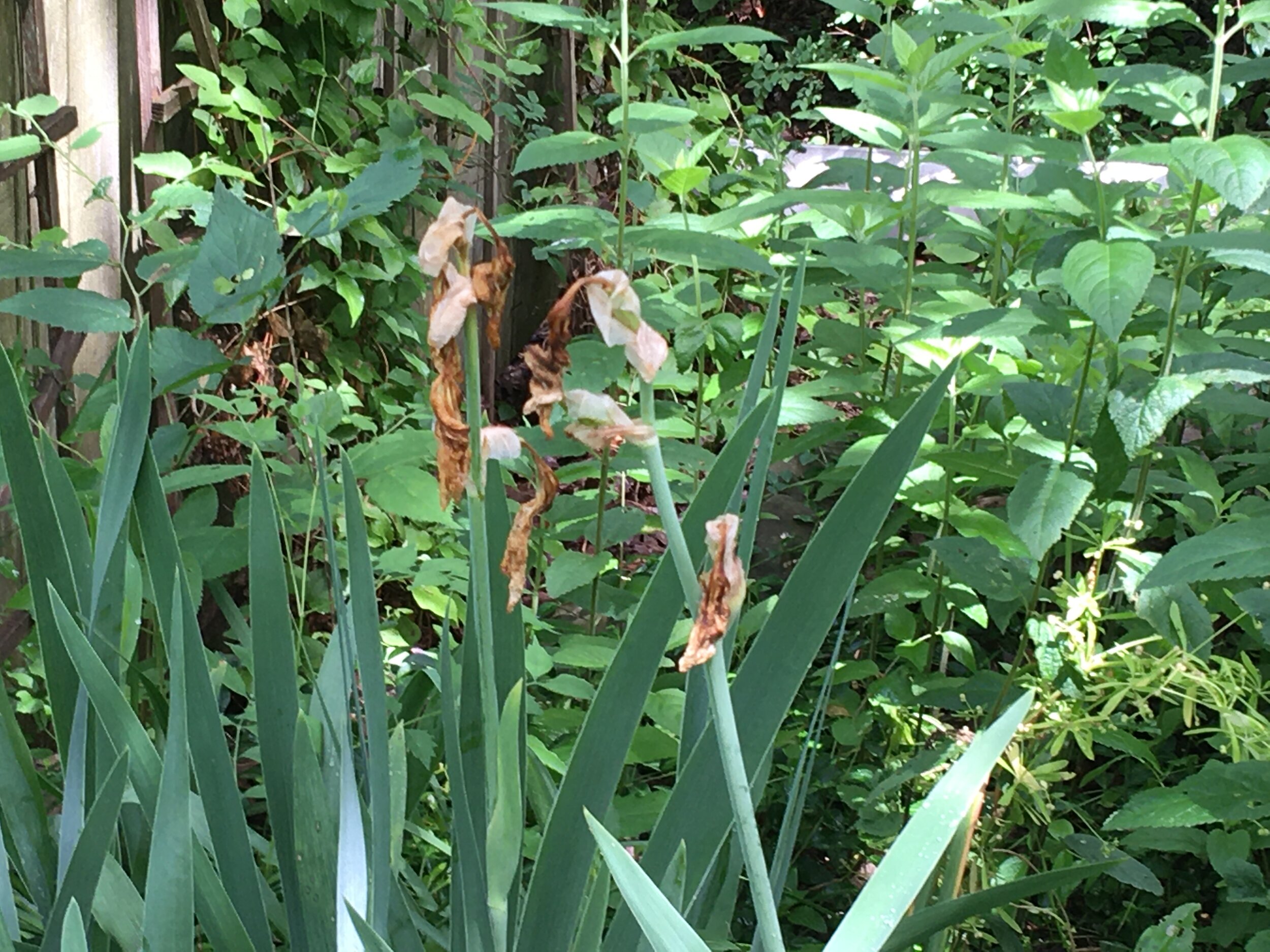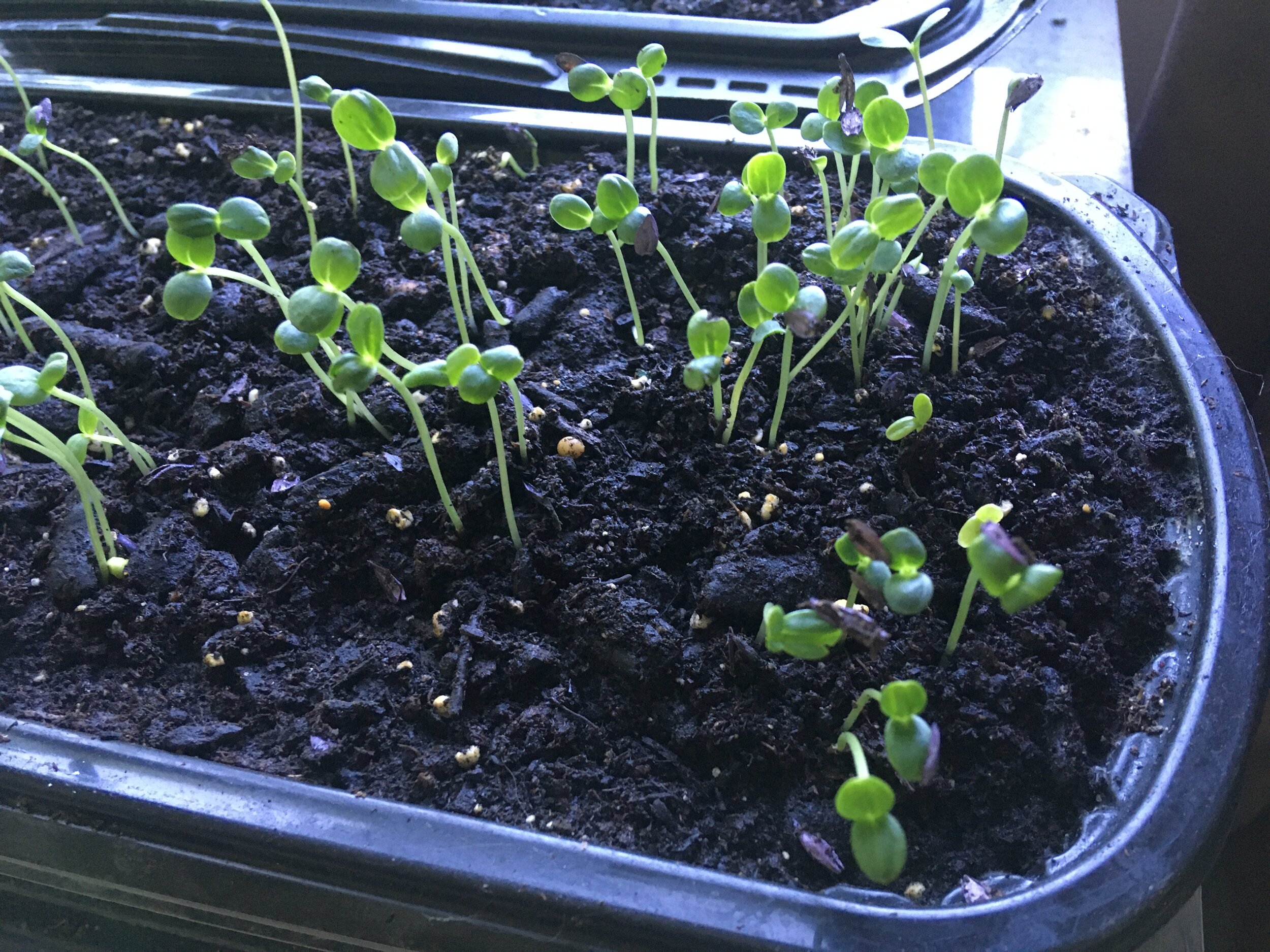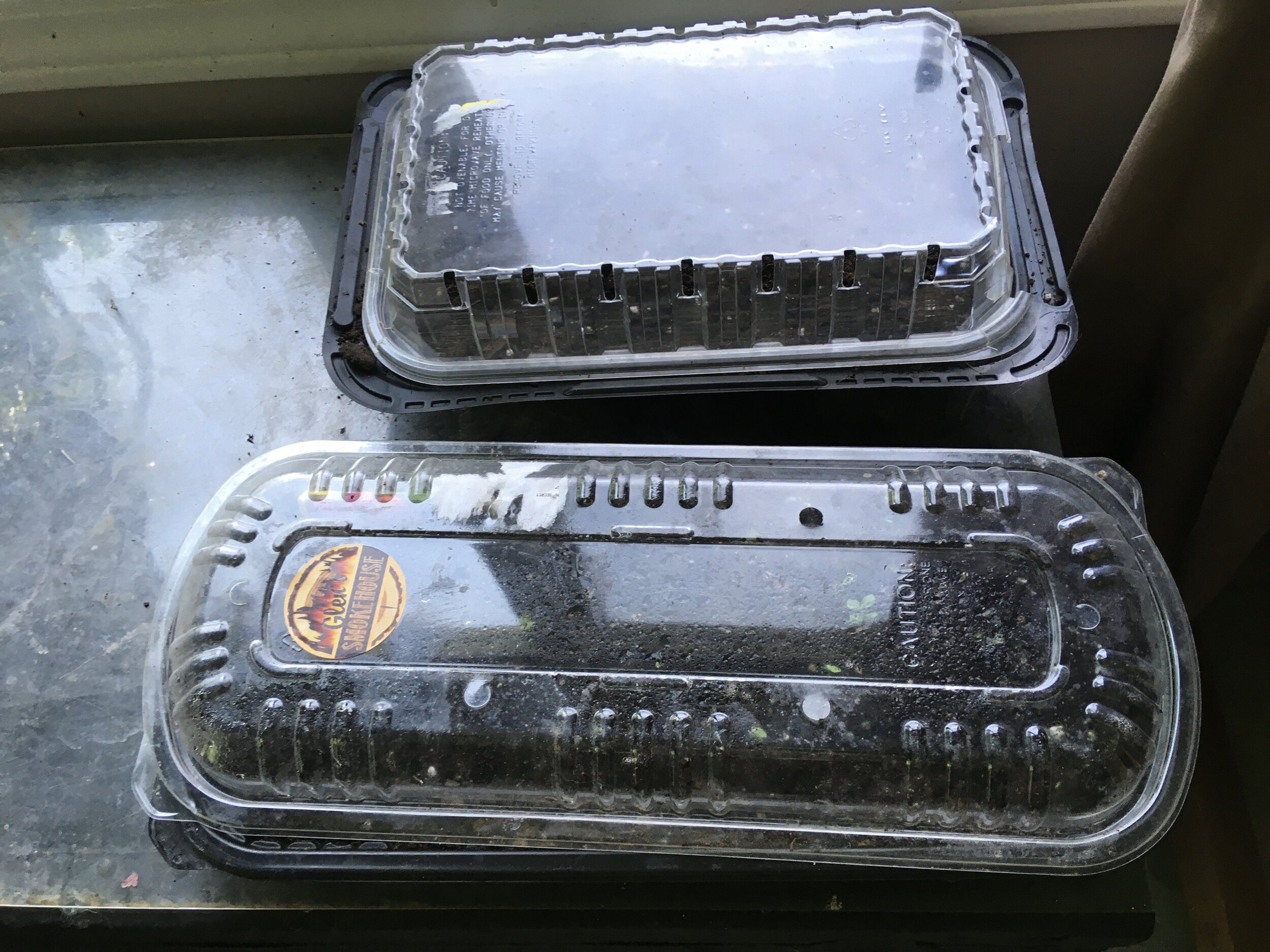Why Amaryllis Not Blooming
/These minerva amaryllis re-bloom for me every winter. (charlotte ekker wiggins photo)
“Amaryllis are so pretty. What's wrong when my Amaryllis just sends up one leaf. The leaf gets tall but no flower.” — Bruce
Why Amaryllis Not Blooming
Hi Bruce, your Amaryllis bulbs haven’t saved enough energy from the sun to bloom so all they can do is grow leaves as solar collectors.
The good news is that if you let the leaves grow and gradually die off, your bulbs should be able to bloom in their next growing cycle.
bulbs with blooms have buds growing from bulb top. (charlotte ekker wiggins photo)
After letting your bulbs rest for a couple of months without watering, replant them in new soil and watch the bulb tops. If they have enough stored energy a bud will start growing. If not, you will have more leaves to help collect sun.
Be patient, they are well worth the wait!
Charlotte

